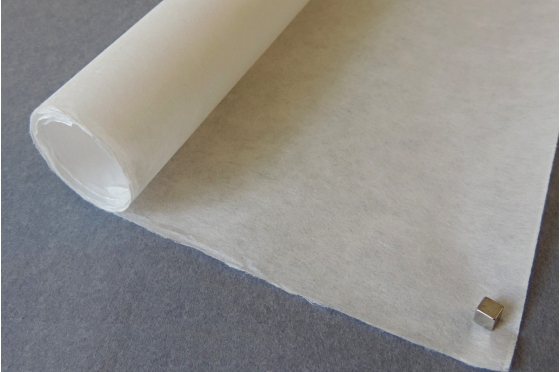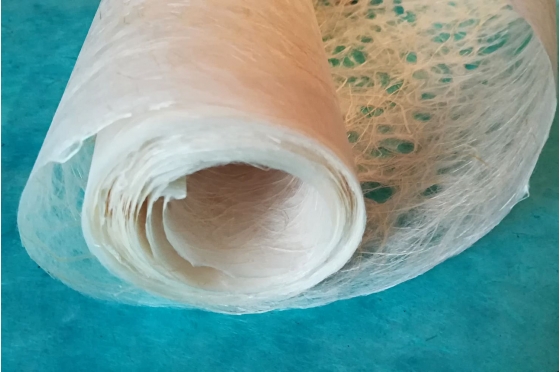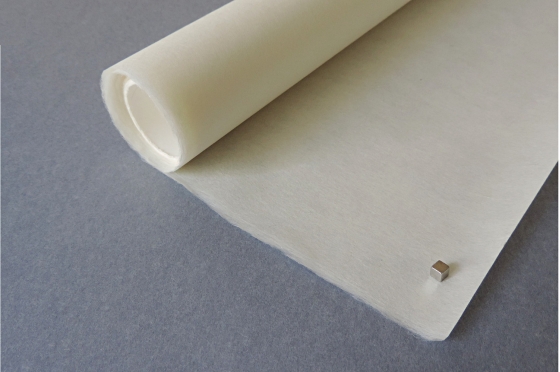White, one side smooth, the other side slightly fibrous - 2 fringed edges - Fine fibres.
Maximum length of a roll: 10 meters.
Very light, this paper has unique properties of mechanical resistance. It retains its color and is not afraid of ultraviolet rays. A very beautiful homogeneous transparency for the design of lighting or screens (shoji).
This paper is also suitable for the conservation of works of art (canvas, manuscript), the art of calligraphy and art photography.
Kozo is mulberry fiber - washi means Japanese paper
(*) Gyotaku
Gyotaku is a traditional Japanese technique of fish printing that dates back to the mid-19th century. This technique is used to create detailed and realistic images of fish, particularly those that have been caught. The word "Gyotaku" literally means "fish impression" in Japanese.
To create a Gyotaku print, a sheet of Japanese paper called "washi" is placed over the cleaned and dried fish. Then, the artist applies ink to the protruding parts of the fish, such as the scales and fins, using brushes. Once the ink is applied, the paper is gently pressed onto the fish and rubbed to transfer the ink onto the paper, creating a detailed and accurate impression of the fish.
Traditionally, this technique was used by fishermen to document the size and specific characteristics of the fish they caught. Today, Gyotaku is considered a distinct art form and is practiced by artists around the world.








